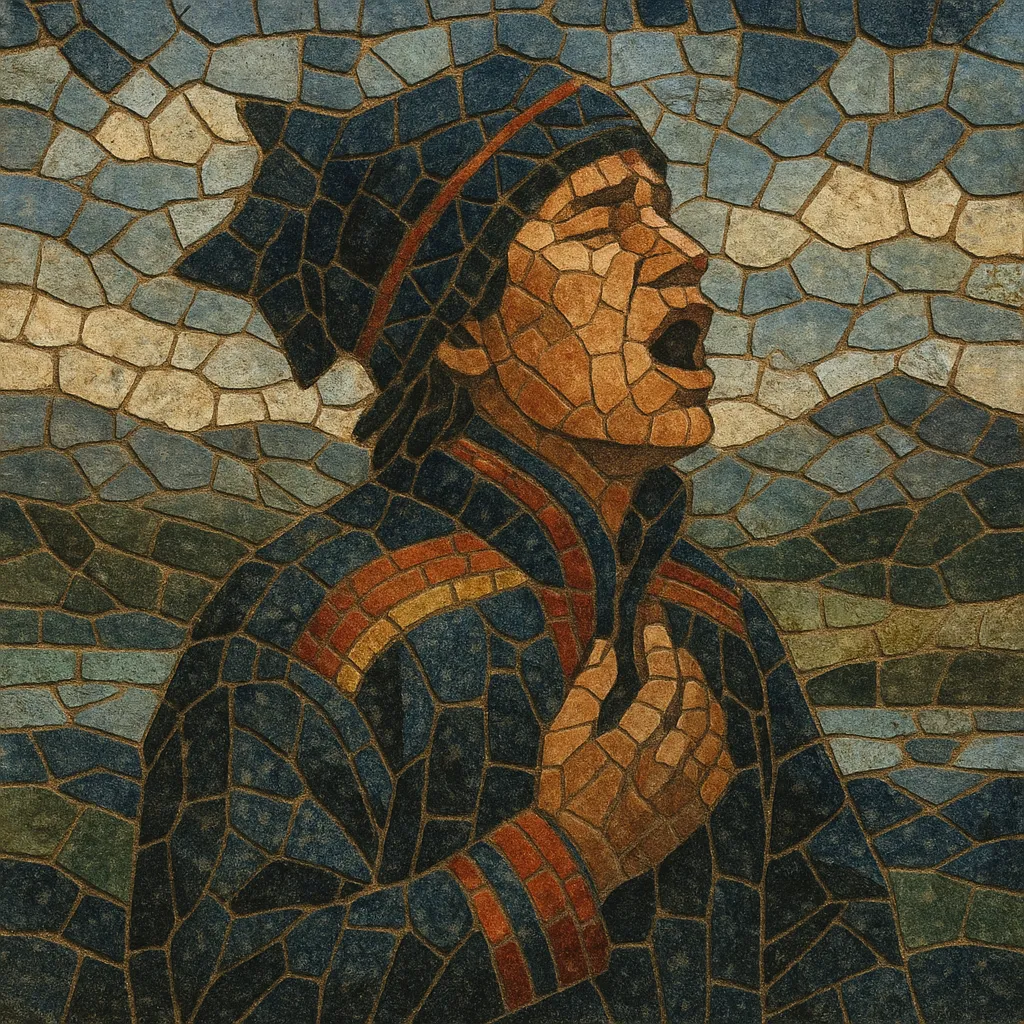Joik (also spelled yoik; Northern Sámi: luohti; South Sámi: vuelie; Skolt Sámi: leu'dd) is an ancient Sámi vocal tradition from Sápmi in Northern Fennoscandia.
It is typically an unaccompanied, highly personal chant that aims to evoke the essence of a person, animal, landscape, or event rather than to narrate it. Melodies are concise, built from small motifs, often modal or pentatonic, and rich in ornaments, glottal attacks, microtonal inflections, and flexible timbre.
Joik can be free in meter or groove subtly around a pulse; historically it could be accompanied by the Sámi frame drum, though unaccompanied performance is common. Modern artists sometimes blend joik with folk, jazz, pop, ambient, or electronic textures while maintaining its distinctive vocal core.
Joik is among Europe’s oldest living vocal traditions, emerging from the Indigenous Sámi people of Northern Fennoscandia. Rather than describing, a joik “is” its subject—one joiks a person, place, herd, reindeer, or memory—using vocables and brief lexical fragments. Its musical language features compact motifs, modal/pentatonic pitch sets, and expressive timbral shifts.
From the 17th century onward, joik encountered suppression by colonial authorities and missionaries who associated it with pre-Christian practices. Despite bans on drum use and social stigma, the tradition persisted in families and communities, with regional variants (e.g., luohti, vuelie, leu'dd) carried forward orally.
The 1960s–1990s saw Sámi cultural movements, documentation, and new recordings help revitalize joik. Pioneers such as Nils-Aslak Valkeapää brought joik to international stages, while researchers and community leaders supported teaching and transmission.
Since the 1990s, artists have fused joik with folk, jazz, ambient, rock, and electronic music, expanding audiences without losing its identity. Joik-inflected works have appeared in film and television (notably in opening motifs inspired by South Sámi vuelie), and the style is widely recognized as a key emblem of Sámi cultural resilience and creativity.


